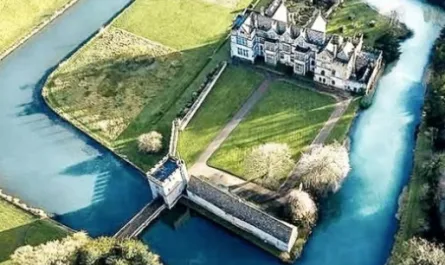Rising 449 feet (137 meters) above the turbulent waters of the Pentland Firth, the Old Man of Hoy is a dramatic sea stack on the island of Hoy in Scotland’s Orkney archipelago. Crafted from red sandstone and volcanic rock, this monolithic pillar, sculpted by thousands of years of relentless wind and wave erosion, stands as a testament to Scotland’s rugged geological past. A magnet for climbers, hikers, and nature enthusiasts, it offers a breathtaking glimpse into the Earth’s ancient processes and remains one of the UK’s most iconic natural landmarks.
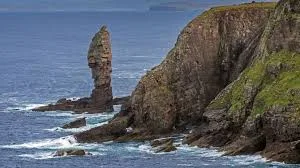
A Geological Masterpiece
Formed around 400 million years ago during the Devonian period, the Old Man of Hoy emerged from Old Red Sandstone, a sediment deposited when Scotland was part of a vast desert continent. Volcanic activity in the region left traces of basalt, adding strength to the stack’s structure. Over millennia, the Atlantic Ocean’s pounding waves eroded the softer surrounding cliffs, isolating the stack as a solitary pillar by the 15th century, when records first noted its existence. Its precarious form, balanced on a lava base, is a stark reminder of erosion’s power, with estimates suggesting it may collapse within a few centuries due to ongoing weathering.
The stack’s vibrant red hue, streaked with lichen, contrasts sharply with the dark, choppy waters below and the green cliffs of Hoy above, creating a visual spectacle. Its location near the 900-foot (274-meter) St John’s Head, one of Britain’s highest sea cliffs, amplifies its grandeur, making it a focal point of Orkney’s wild coastline.
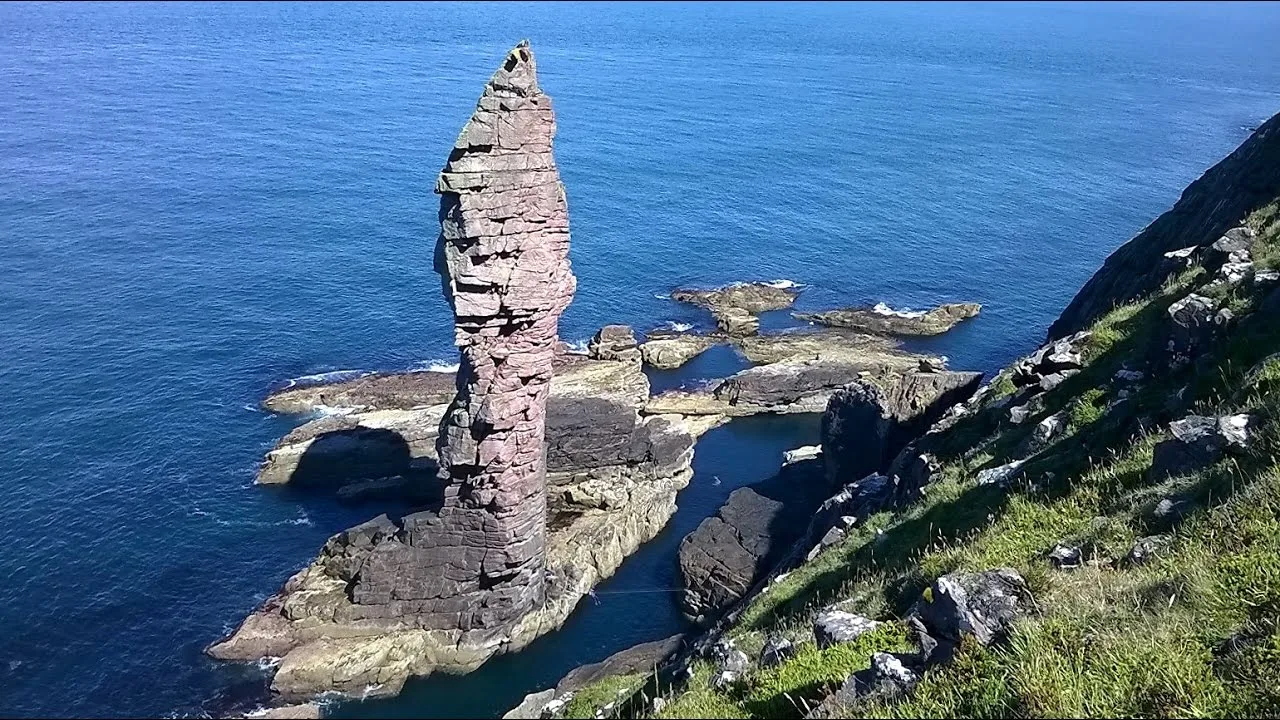
A Haven for Adventurers
The Old Man of Hoy is a bucket-list destination for thrill-seekers. First climbed in 1966 by Chris Bonington, Rusty Baillie, and Tom Patey, its near-vertical faces and exposed position make it one of the world’s most challenging sea stack ascents. The original route, graded E1 5b, requires 5–6 hours of technical climbing, with overhanging sections and loose rock adding danger. About 50–100 climbers tackle it annually, drawn by its prestige and the stunning views of Orkney’s cliffs and Atlantic horizons.
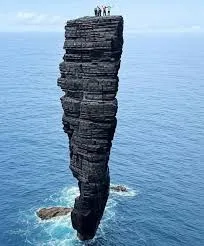
For non-climbers, the 5-mile (8 km) hiking trail from Rackwick Bay to the stack offers a moderate 2–3-hour trek with panoramic vistas. The path, part of the Hoy Coastal Path, winds through heather-covered moors and past seabird colonies, including puffins and guillemots. The stack’s base, accessible at low tide, reveals fossilized ripple marks from ancient rivers, connecting hikers to Earth’s deep past.
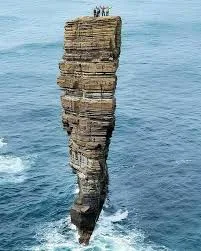
Cultural and Ecological Significance
The Old Man of Hoy is steeped in Orkney’s lore, named for its weathered, human-like silhouette, which some liken to a stoic figure guarding the coast. It gained fame through BBC’s 1967 live broadcast of its first ascent, watched by millions, and remains a symbol of Scotland’s untamed beauty. Ecologically, the surrounding cliffs host vital seabird populations, protected within the Hoy Special Protection Area, while the nutrient-rich waters teem with seals and porpoises.

Lessons from the Past
Like the Dahomey Amazons’ ingenious use of cornrows, the Old Man of Hoy reflects resilience and adaptation—nature’s ability to endure and reshape itself under pressure. Its lessons for today include:
Embracing Impermanence: The stack’s ongoing erosion reminds us to value fleeting wonders, inspiring sustainable practices to preserve natural and cultural heritage.
Courage in Challenge: Its daunting climb mirrors the Amazons’ bravery, encouraging us to face obstacles with determination, whether in personal goals or environmental advocacy.
Connecting with Nature: The stack’s ancient origins urge deeper engagement with Earth’s history, fostering education about geological processes and conservation.
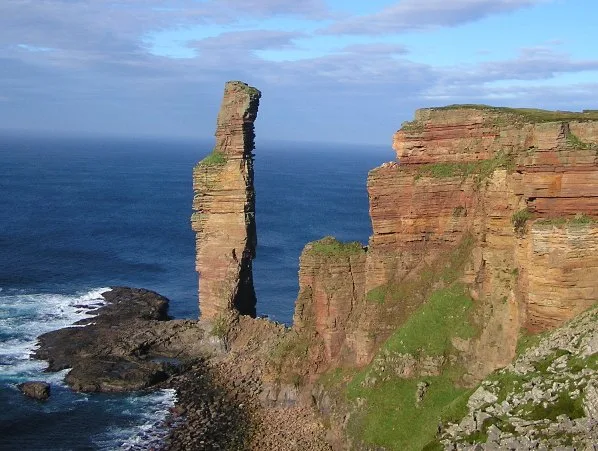
A Fragile Giant
The Old Man of Hoy, standing tall against the Atlantic’s fury, is a fleeting monument to Scotland’s rocky past. Its sandstone spire, shaped by eons of erosion, captivates adventurers and dreamers, offering a window into Earth’s transformative forces. As climate change accelerates coastal erosion, its days may be numbered, making every visit a chance to witness a geological legend before it returns to the sea.

